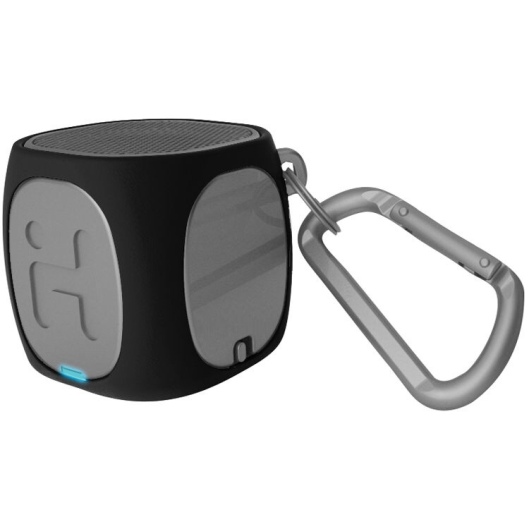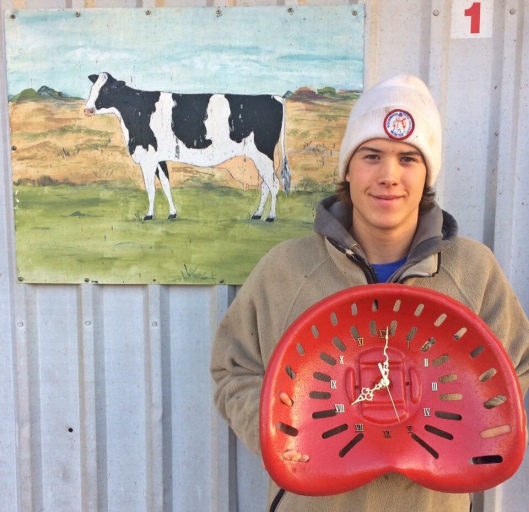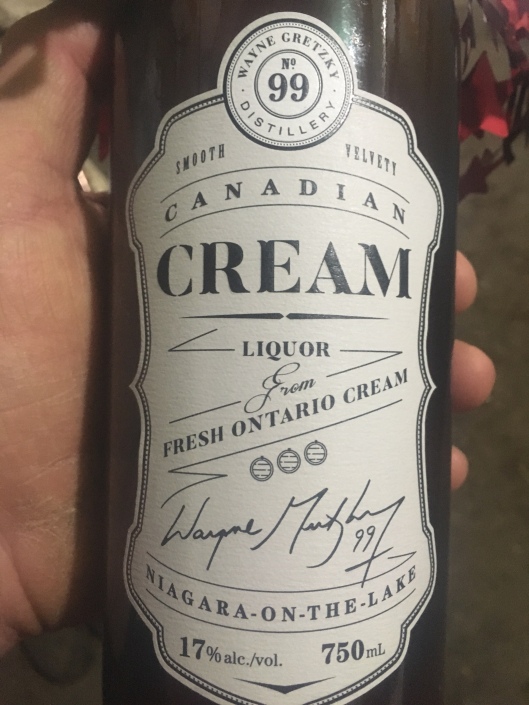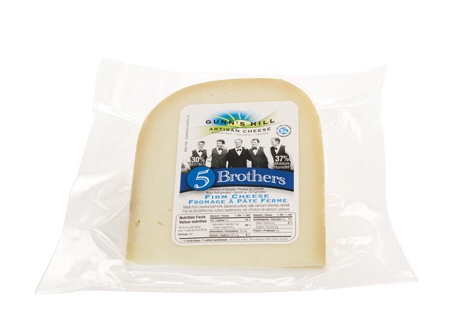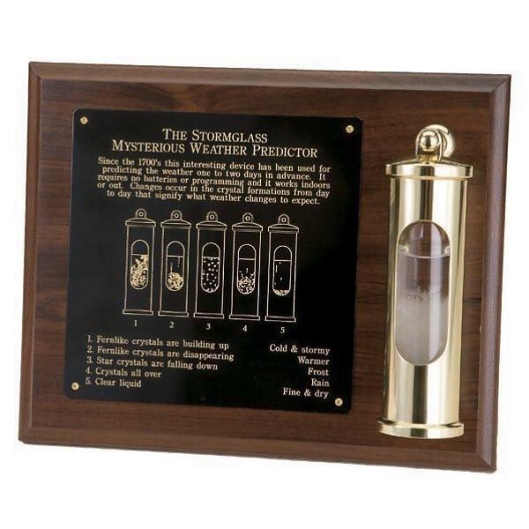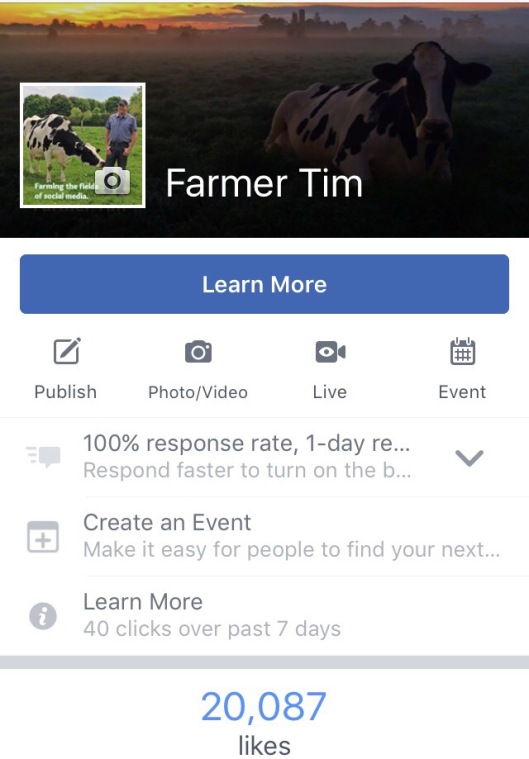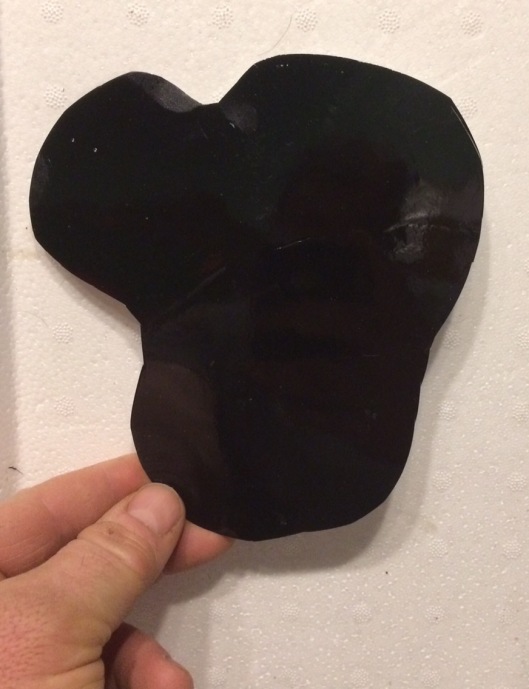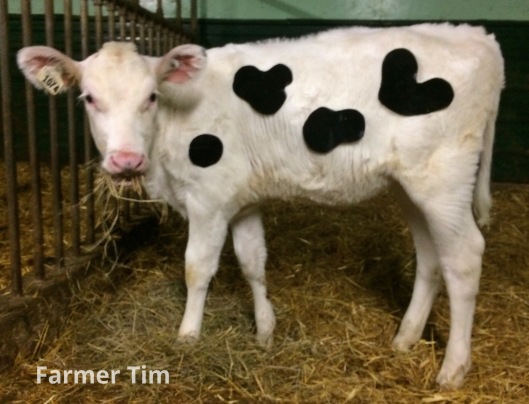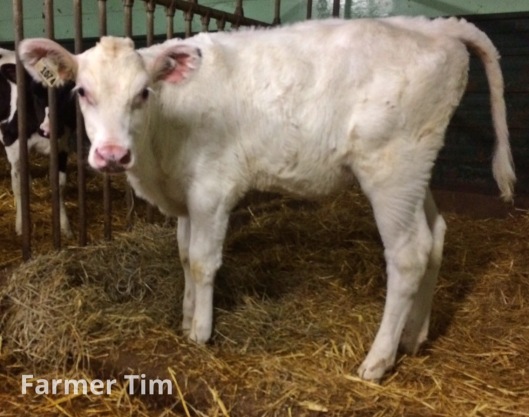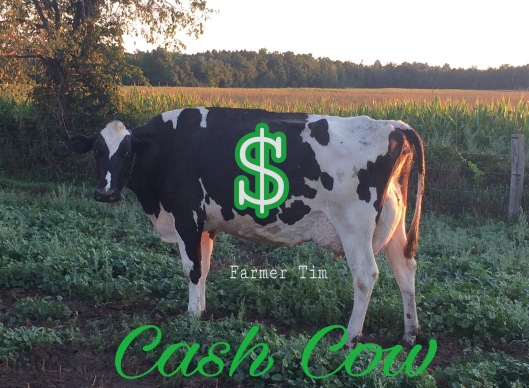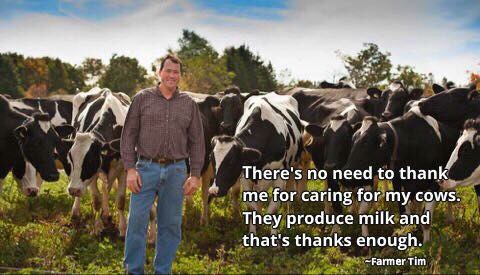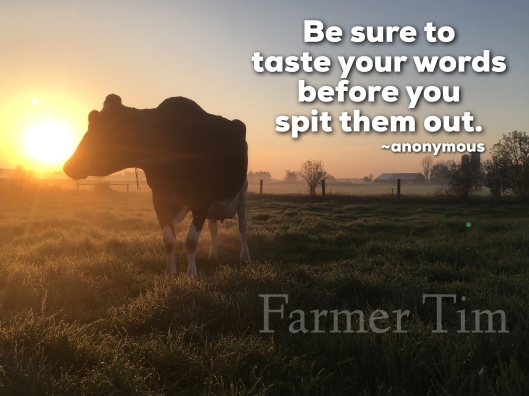
I think that everyone on social media has had a run in with a cyber bully at some point in time. I’ve certainly seen my share but thankfully my experiences on social media have been mostly positive. However, it’s the bullies that often keep farmers from speaking up about agriculture online and I tip my hat off to the few that soldier on.
Lately, I’ve had some conversations with fellow farmers who have reached out for advice. They have been attacked and have felt threatened by extreme activists. I feel for them. They have been bullied for doing something that the public wants us to do. They have been transparent and work hard to share the hows and whys of farm life with consumers. Sadly, there are those who want to silence the voices of the hard working farmers who have the courage to speak up and dispel the misinformation surrounding agriculture. Extremist may have empathy for animals or a passion for food but they sometimes lack compassion when it comes to fellow human beings. No one should feel threatened or scared to speak their mind – that includes farmers AND activists. You can get your point across without intimidation. So how do you protect yourself as a farmer on social media? Here are a few tips that I’ve picked up over the years.
1) Don’t poke the bear. Agvocating is about dispelling misinformation and promoting the positives about agriculture. It’s not about making fun of people and their food choices. Avoid memes or posts that directly attacked an individual’s food choices. They only serve to stir the pot and you will only appear like a jerk to some of the people who support you. Don’t make yourself a target.
2) Engage in polite conversations even if you strongly disagree with the other person’s opinion. Many wars were started by a poor choice of words. Food is a passionate discussion for many and a simple conversation can quickly turn into an battle if level heads don’t prevail. Be the better person and take the high road. You will be respected by others who read your comments and follow your conversations.
3) If you can’t say something nice don’t say anything at all. Often activists will comment on your post simply to make you angry and try to force you to engage. If you can’t bite your tongue then try to ignore them completely. If necessary, hide the comment to prevent your followers for getting sucked into a debate that solves nothing. Save your time for people who are willing to have a positive conversation.
4) If you are getting overwhelmed by hateful comments don’t hesitate to block the commenter and delete comments when necessary. It’s okay for people to comment with opposing views but if they directly attack you or use foul language it’s often wise to ban that person. Just be prepared. If you anger one extremist by blocking them, more extremists may follow.
5) Take screen shots of threatening comments and messages. Report the person to your social media platform or in extreme cases contact police if you feel like you or your family are at risk.
6) Organizations like Agriculture More Than Ever and Farm and Food Care are there to help farmers engage in positive conversations. They can offer tips to help protect you online.
Finally, remember that the hard times will pass and you are not alone. Don’t give in to the negativity. Reach out to other agvocates who have a public presence. We are in this together and here to help 🤗
Follow me on Facebook: Farmer Tim


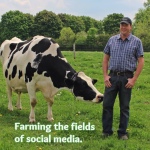
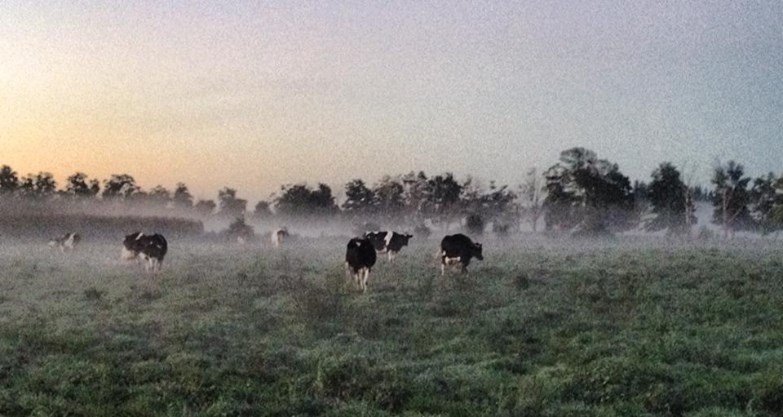


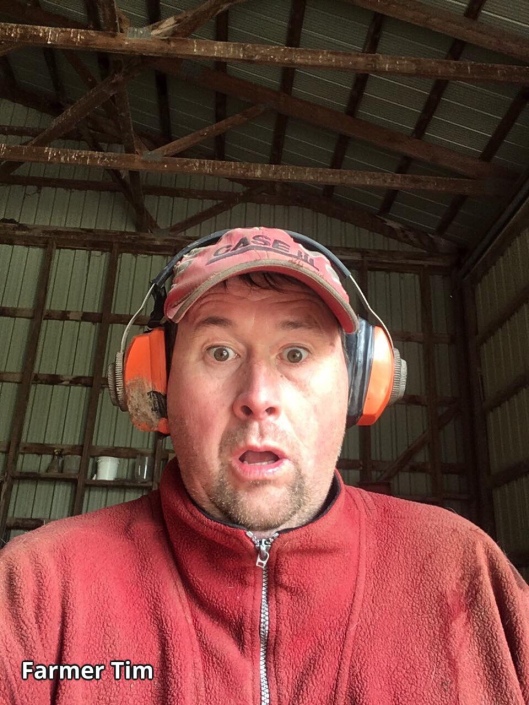


 I got mine from an old friend. For yours check out
I got mine from an old friend. For yours check out 
